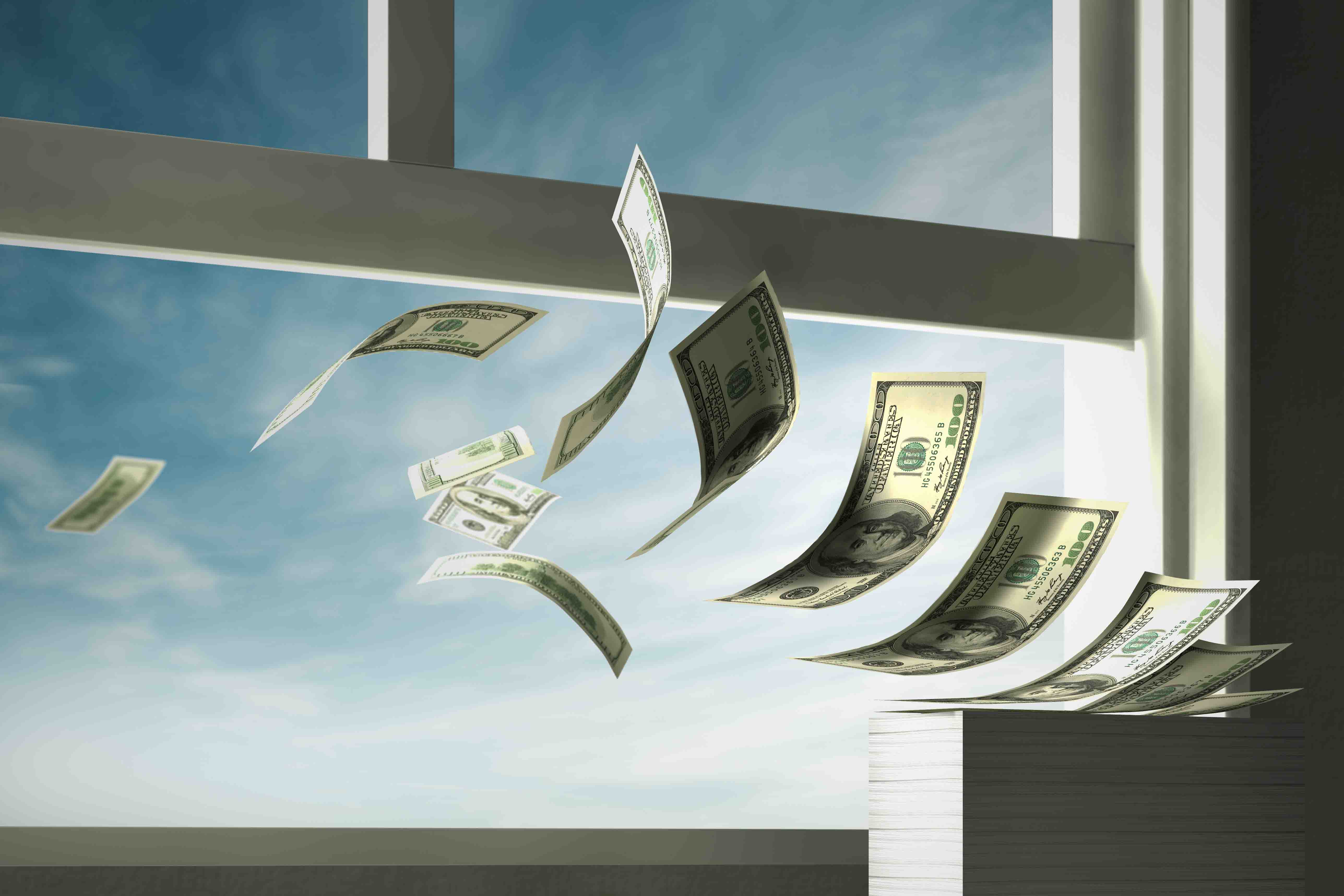Sweet Holiday Season on Tap for Retailers
Fiscal cliff? Whatever! Consumers are ready to spend, even if it means more debt.

Here's some good news about the economy: It should be a relatively jolly holiday season for retailers this year. Thanks largely to better employment figures and rising consumer confidence, sellers will ring up about 5% more in sales this year than last during the critical November to December period. While that's slightly slower than the 5.6% year-over-year gain of 2011, it's a whole lot better than the 10-year average annual increase of 3.5%. All told, retail sales -- excluding autos and gasoline -- will total about $590 billion in the last two months of the year, contributing to higher fourth-quarter GDP growth.
Why? One reason is consumer confidence. Helped by lower gas prices and rising home prices, it hit a four-month high in September and will probably rise again in coming months. Though Washington's failure to resolve tax questions means that worries about potentially higher tax rates and reduced deductions next year linger, shoppers aren't likely to let them affect their gift buying habits. They'll shrug off the concerns until 2013, when changes may start showing up in paychecks.
The calendar is cause for cheer as well. This year, from Thanksgiving, traditionally the start of the retail season, to Christmas Day, shoppers will have 32 days to tick off their loved ones' wish lists. This is the longest the season can be and includes five full weekends. Each extra day between the two holidays can add up to $10 billion to final retail sales tallies.

Sign up for Kiplinger’s Free E-Newsletters
Profit and prosper with the best of expert advice on investing, taxes, retirement, personal finance and more - straight to your e-mail.
Profit and prosper with the best of expert advice - straight to your e-mail.
Plus the election will alleviate some of the uncertainty about the future, no matter who is elected president or which party controls Congress. Typically, there's an upward bump in consumer confidence after elections, and there should be this time as well -- barring a 2000-like delay in tallying the votes.
And finally, the availability of credit and consumers' willingness to use it will play a role. A decline in the amount of debt on revolving credit accounts in June and July means that customers have more room for Santa to say, "Charge it." Shoppers have proved they are OK with increasing their debt during the holiday season if the deals are right.
Look for more-robust holiday hiring than last year, too -- about 6% greater than in 2011. Toys"R"Us, for example, says it will put 13% more temporary workers on its payroll this holiday season compared with a year ago. Kohl's will add about 52,700 workers, roughly 10% more than last year's holiday hiring. Macy's and Wal-Mart will also increase hiring this year, but Target plans to fill up to 90,000 holiday jobs -- slightly less than the 92,000 it added last year. Of the 700,000 total positions retailers will add, half of them will be full-time. More good news for employees: About half of the temporary holiday jobs won't disappear once the tinsel is taken down. They will turn into permanent gigs in 2013.
Still, retailers will keep a tight rein on inventory, trying to hold down costs and protect prices. Despite the optimism, they won't throw caution to the wind, and they'll hold off on discounting products as long as possible. But with smart phones and tablets making comparison shopping so easy, expect plenty of price-matching deals this year. Both Wal-Mart and Toys"R"Us will guarantee to match competitors' prices. More retailers will make it easier for customers to check competitors' prices by offering customers free wireless access this year. With so much price transparency, Black Friday will continue to diminish in importance. The post-Thanksgiving weekend still makes up a critical one-tenth of all holiday sales, but the biggest weekend is the one right before Christmas, with about one-third of sales happening last-minute.
Online sales won't grow quite as fast as they have in recent years, but they'll still gain more rapidly than retail sales as a whole. Look for online retailers to ring up about $96 billion in holiday sales this year, a 12% gain over the November-December period last year, despite an increase in the number of states levying online sales taxes. One big lure for shoppers: free shipping.
Other retailing trends to watch for this holiday season: payments via smart phones, thanks to rising acceptance of Google's Wallet feature; purchases made via social media, such as Facebook's new gift service that sends both physical and virtual gifts; and daily deals sent to customers via text messages from retailers.
Must-have gifts helping to boost retail sales this year include retro toys -- Furbys and Teenage Mutant Ninja Turtles -- and refashioned Lego sets designed for and marketed specifically to girls. For grown-ups: new smart phone models and Apple's latest, the iPad Mini. The most popular gift, though, will still be the one-size-fits-all gift card. Expect sales of gift cards to climb 15% this year to $32 billion, though these won't be recorded as sales until the cards are redeemed, mostly in January and February.
Get Kiplinger Today newsletter — free
Profit and prosper with the best of Kiplinger's advice on investing, taxes, retirement, personal finance and much more. Delivered daily. Enter your email in the box and click Sign Me Up.

-
 Married? Five Ways to Ensure Your Estate Plans Work in Tandem
Married? Five Ways to Ensure Your Estate Plans Work in TandemGetting on the same page now means fewer potential problems when it counts.
By Kiplinger Advisor Collective
-
 12 Investments No Retiree Should Make
12 Investments No Retiree Should MakeIn retirement, when it's wise to take fewer risks with your nest egg, some investments are just nuts.
By David Rodeck
-
 The Economic Impact of the US-China Trade War
The Economic Impact of the US-China Trade WarThe Letter The US-China trade war will impact US consumers and business. The decoupling process could be messy.
By David Payne
-
 AI Heads to Washington
AI Heads to WashingtonThe Kiplinger Letter There’s big opportunity for AI tools that analyze MRIs and other medical images. But also big challenges that clinicians and companies will have to overcome.
By John Miley
-
 The AI Doctor Coming to Read Your Test Results
The AI Doctor Coming to Read Your Test ResultsThe Kiplinger Letter There’s big opportunity for AI tools that analyze CAT scans, MRIs and other medical images. But there are also big challenges that human clinicians and tech companies will have to overcome.
By John Miley
-
 The New Space Age Takes Off
The New Space Age Takes OffThe Kiplinger Letter From fast broadband to SOS texting, space has never been more embedded in peoples’ lives. The future is even more exciting for rockets, satellites and emerging space tech.
By John Miley
-
 Rising AI Demand Stokes Undersea Investments
Rising AI Demand Stokes Undersea InvestmentsThe Kiplinger Letter As demand soars for AI, there’s a need to transport huge amounts of data across oceans. Tech giants have big plans for new submarine cables, including the longest ever.
By John Miley
-
 What DOGE is Doing Now
What DOGE is Doing NowThe Kiplinger Letter As Musk's DOGE pursues its ambitious agenda, uncertainty and legal challenges are mounting — causing frustration for Trump.
By Matthew Housiaux
-
 A Move Away From Free Trade
A Move Away From Free TradeThe Letter President Trump says long-term gain will be worth short-term pain, but the pain could be significant this year.
By David Payne
-
 Trump’s Whirlwind Month of Crypto Moves
Trump’s Whirlwind Month of Crypto MovesThe Kiplinger Letter The Trump administration wants to strengthen U.S. leadership in the cryptocurrency industry by providing regulatory clarity.
By Rodrigo Sermeño